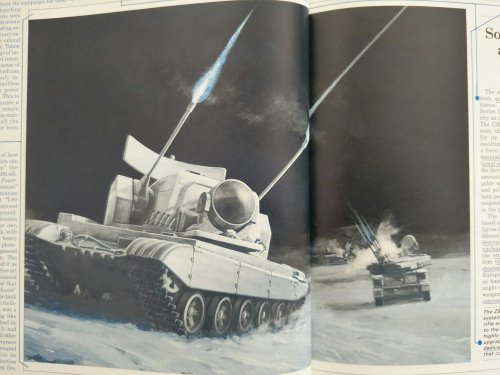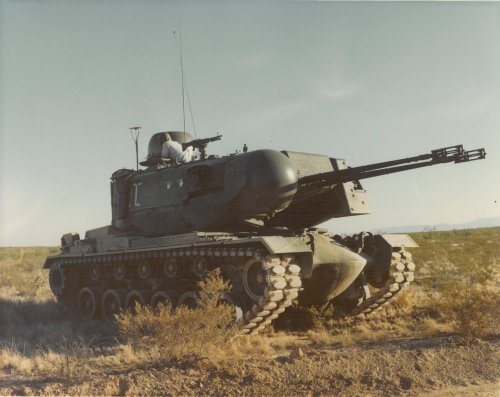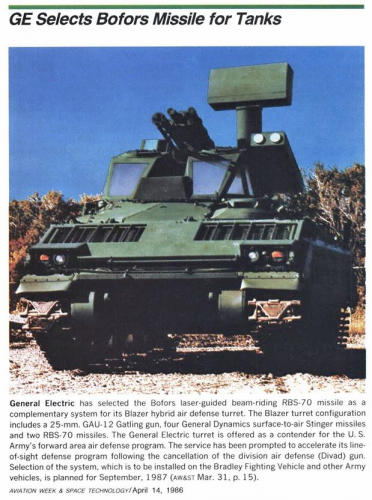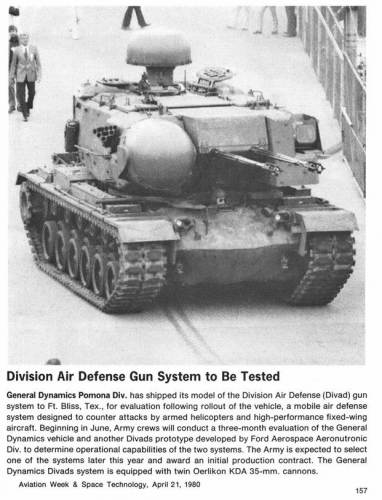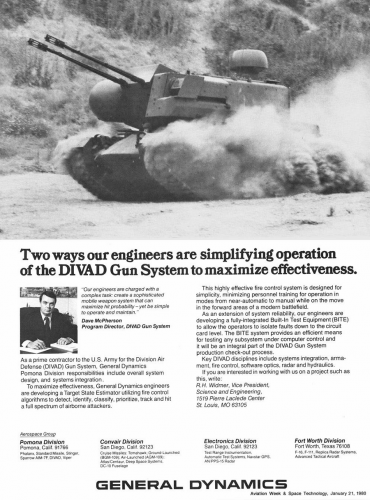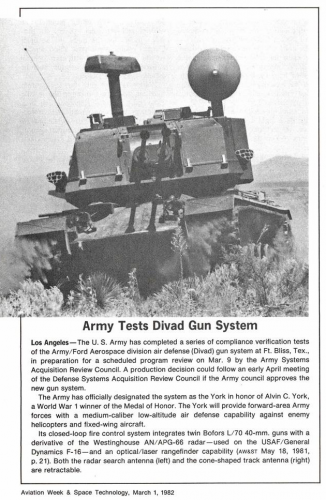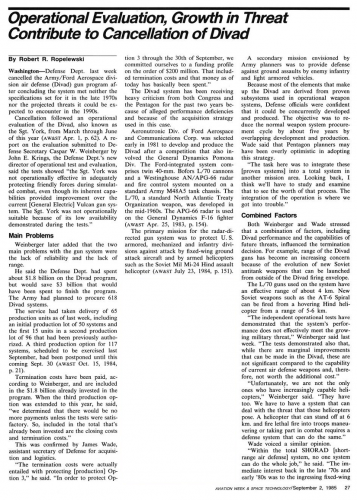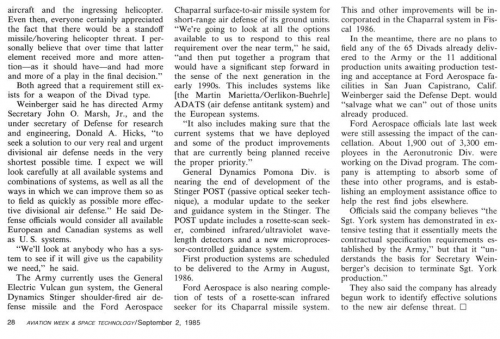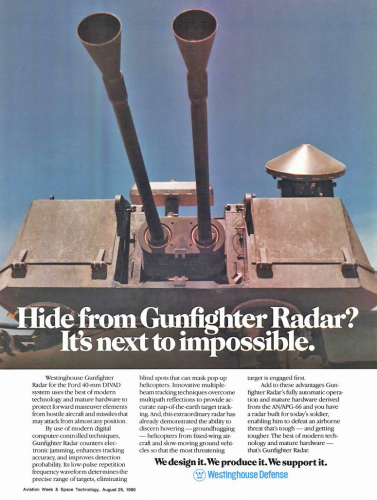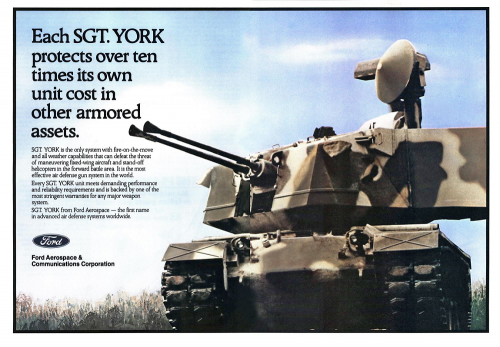loosely related:
https://defence-blog.com/army/lockheed-martin-led-team-revealed-details-of-new-falcon-air-defense-weapon-system.html
LM combined its command control box with German IRIS-T SL (or SLM?) and Swedish multi-purpose Giraffe 4A radar (can also be used to detect rocket/mortar/artillery locations and other modes).
I suppose they could use AMRAAM-ER and AIM-9X instead on some of the launchers developed for NASAMS 2 (including the HMMWV-mounted quick response thing).
All this would still be largely focused on defence against aircraft (fixed and rotary wing), though. The missiles would cost more than some cruise missile and all glide bomb types. A low end intercept capability against air-launched stnad-off munitions is necessary.
Moreover, future air defence should include a counter to small, autonomous 'killer' drones (at least when they're in the air).
https://defense-and-freedom.blogspot.com/2018/05/summary-modern-air-defences-for-europe.html

